What’s the Color of Your Tongue?
May 5, 2022
Our tongue, it’s one of those things we all take for granted! As children we explored the world with our tongues, licking everything in sight (much to our mother’s dismay) and sticking it out at our siblings and parents just to get their reaction. As young adults, we learned there was more to our tongue while exploring our first kisses and exotic foods.
However, the tongue is more than simply a random bodily element; it plays an important role in our capacity to taste and swallow food. And, believe it or not, your tongue may give your dentist information about both your oral health and your general health. You might be shocked at what your tongue can tell you about your health. Now ask yourself, what’s the color of your tongue?
Tongue Colors
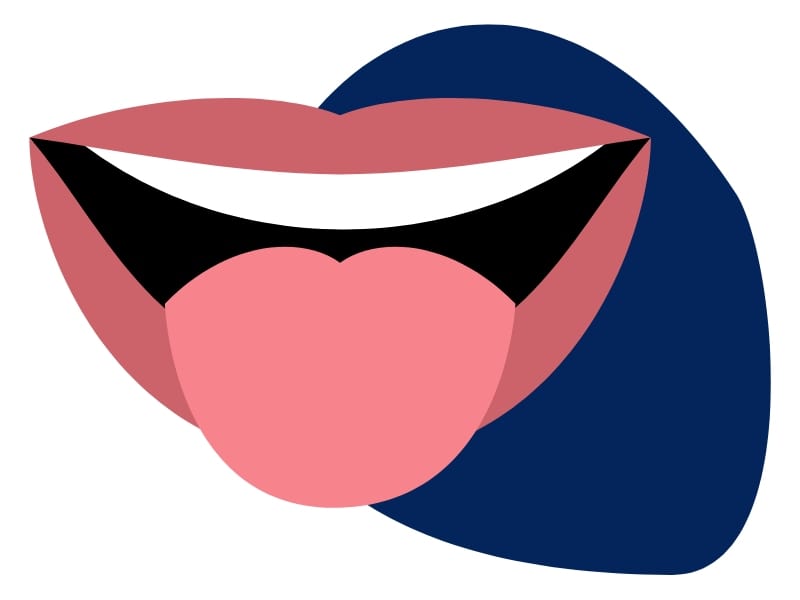
Light Pink
Healthy!
A healthy tongue should be pink in color, with little nodules called papillae scattered throughout the surface.
Bright Red
Infection, blood disease, heart conditions, B12 deficiency.
Many factors can contribute to a bright red tongue, including inflammation, infection, a blood disorder, an underlying heart issue, or a vitamin B12 deficiency. Eczema illness is also among the conditions that can cause your tongue to turn red.
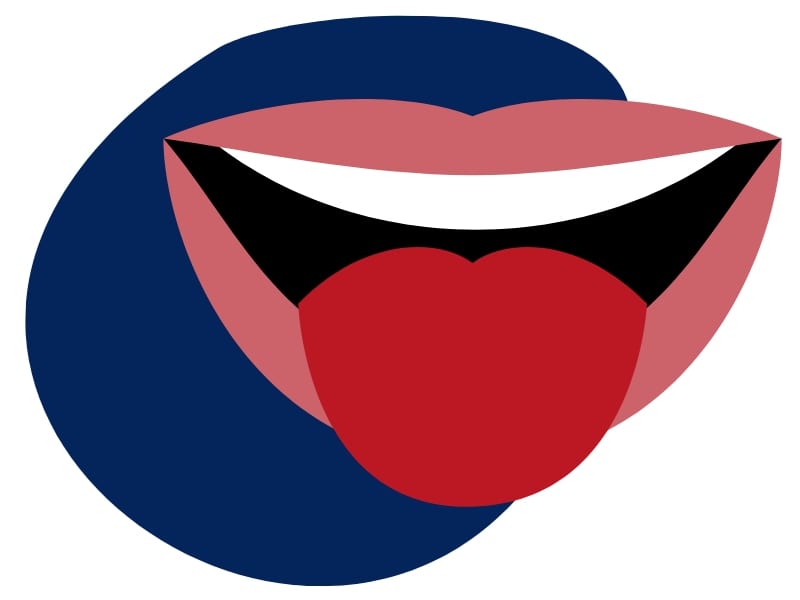
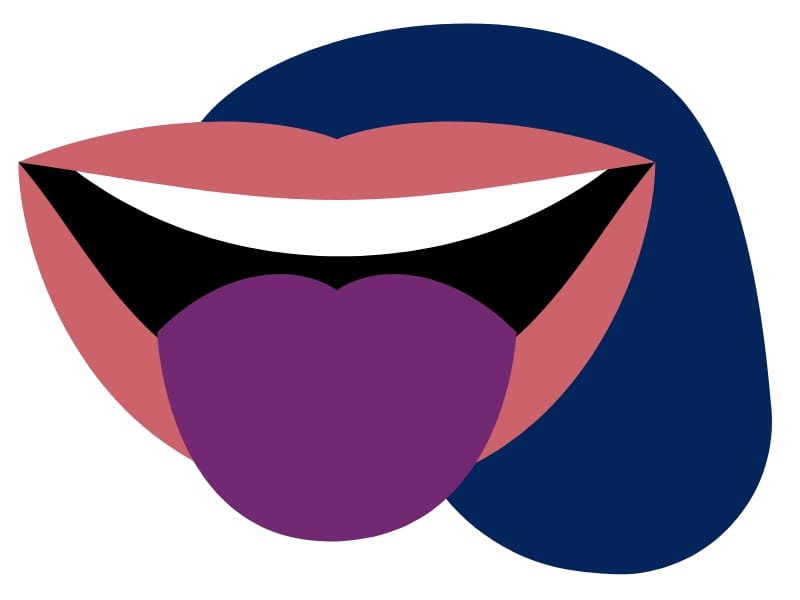
Purple
Heart disease, Kawasaki disease.
Your tongue may become purple if you have heart issues or poor general blood circulation. A purple tongue is also a symptom of Kawasaki illness.
Blue
Respiratory disease, kidney disease.
A blue tongue can be caused by a shortage of oxygen, which can be caused by respiratory problems, renal illness, or a blood ailment.
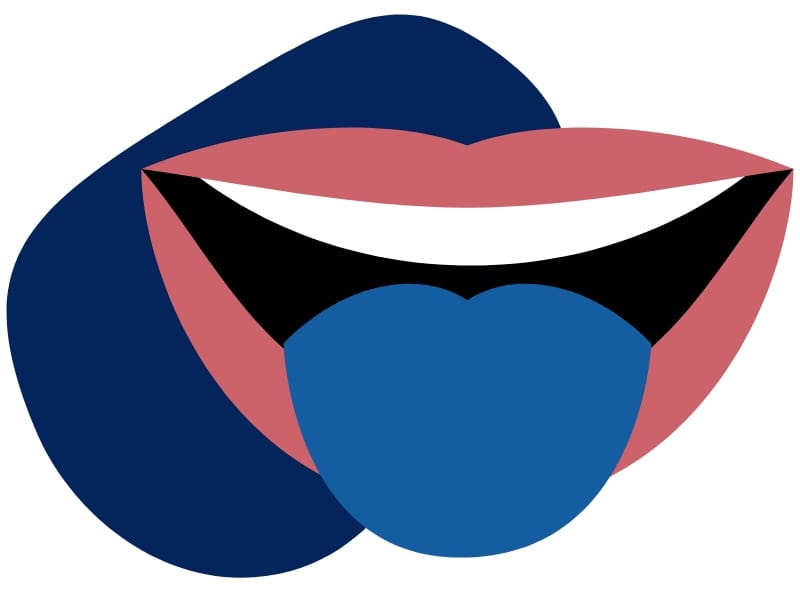
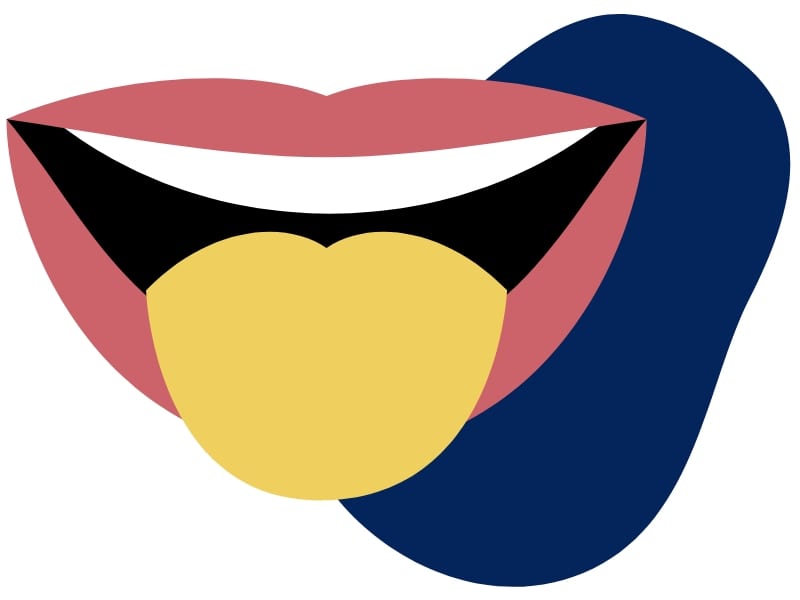
Yellow
Stomach or liver problems.
The tongue may appear yellow, or a yellow coating may form as a result of bacterial buildup caused by poor oral hygiene, tobacco use, alcohol use, excessive coffee or black tea consumption, dry mouth, stomach lining inflammation, or a weakened immune system.
Gray
digestive issues, peptic ulcers, eczema.
Your tongue may turn gray as a result of digestive disorders. Peptic ulcers or eczema might potentially be the cause.
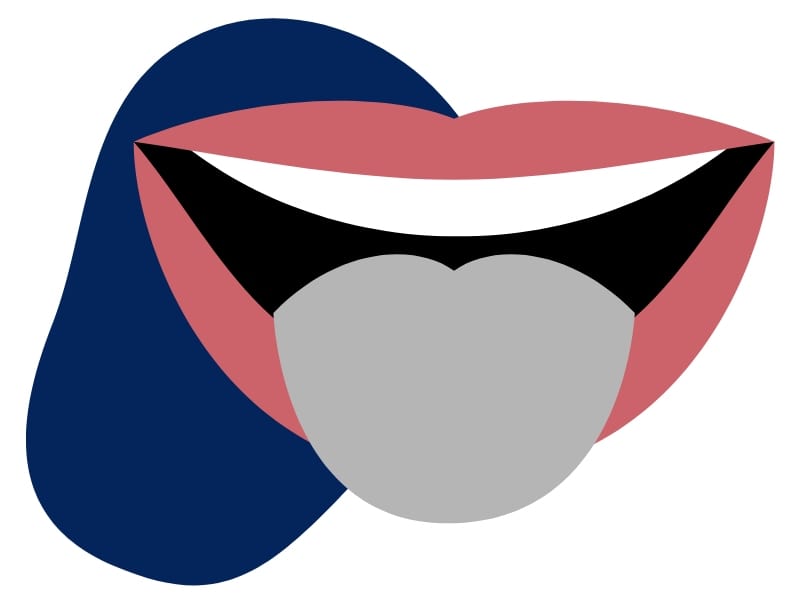

White
Fungal infection, dehydration.
A thick and lumpy white coating on your tongue might indicate oral thrush, a fungal infection of your mouth’s mucous membranes. Dehydration can be detected by a tongue that is just slightly white.
Black
Poor oral hygiene, smoking, certain antibiotics.
Certain antibiotics, poor dental hygiene, and smoking can all cause a tongue that appears black and hairy with some bumps. Pepto-Bismol can also temporarily discolor the look of your tongue.
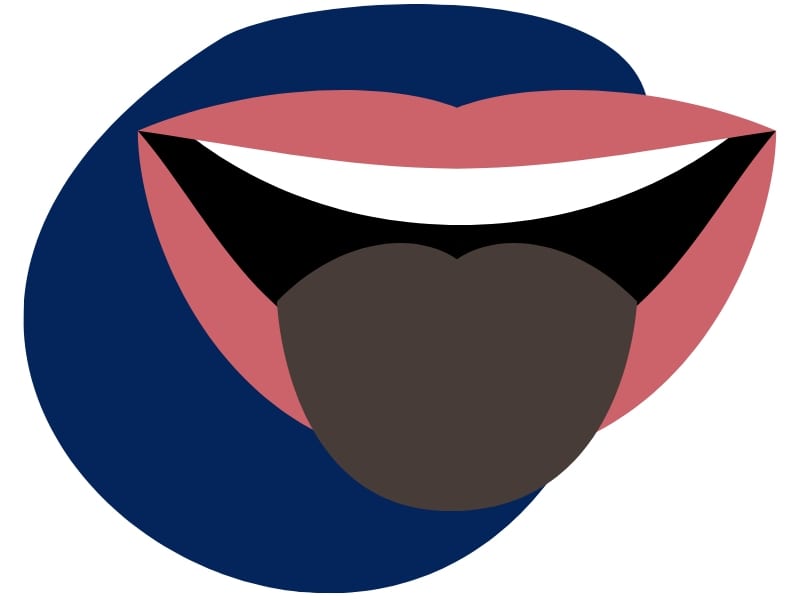
Isn’t the tongue amazing? The color of it can give you a good idea of your overall health and help alert you to anything that you would want to know about. Your dentist is your first line of defense against both significant and non-serious health issues. So, put out your tongue at the dentist’s and be ready for a thorough oral examination.
The tongue, like your teeth, is a visible element of your smile, so if it isn’t healthy, it might make you feel self-conscious. Brushing your teeth and gums gently twice a day might help to enhance the look of your tongue. After cleaning your teeth, sticking out your tongue to check its color might be a reassuring habit. As a result, if the color of your tongue changes, you will notice it immediately. You never know what your tongue is saying about your health!

